API valve refers to strict compliance with the American Petroleum Institute (American Petroleum Institute) to develop industry standards for the design, manufacture and testing of industrial valves. As the global energy industry’s most authoritative technical specifications, API standards cover the valve materials, structural design, pressure testing, sealing performance and other technical requirements of the entire process, is to ensure the safe operation of equipment under high-risk conditions, ‘Technical Bible’.
API standard system analysis
API core certification standards for valves include:
API 6D: pipeline valve special standards (covering ball valves, gate valves, check valves, etc.)
API 600: steel gate valve construction specifications
API 607/6FA: fire test standards
API 598: Valve pressure test specification
Valves certified by API must undergo:
Overpressure sealing test (1.5 times the rated pressure)
High/low temperature operating conditions simulation test
Fire resistance test (still sealing after 30 minutes of burning)
Spectral analysis of material composition
API Valve Core Benefits
Safety redundancy design
Adoption of longer valve stem, anti-blowout structure, double sealing system and other safety designs to prevent the risk of media leakage.
Stringent material requirements
The valve body is made of ASTM A216 WCB and other sulfur-resistant steel, and the sealing surface is overlay welded with Stellite alloy to adapt to H₂S acidic environment.
Intelligent operation and maintenance support
Sensor interface is reserved to support online condition monitoring and predictive maintenance.
Typical Application Scenarios
Oil and gas field production and transmission: wellhead unit, gathering pipeline
Refining plant: catalytic cracking, hydrogenation reaction unit
LNG receiving station: cryogenic shut-off valve, emergency shut-off valve
Offshore platforms: NACE MR0175 corrosion resistance standard.
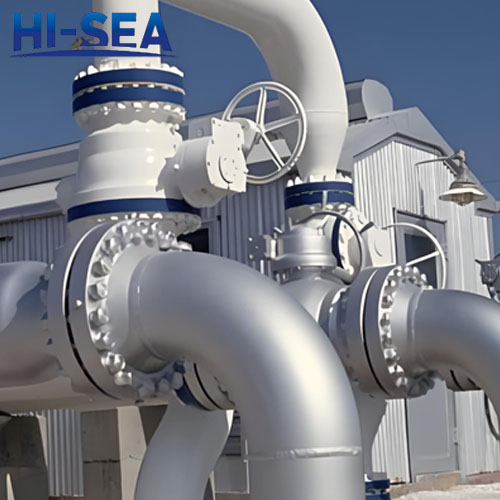

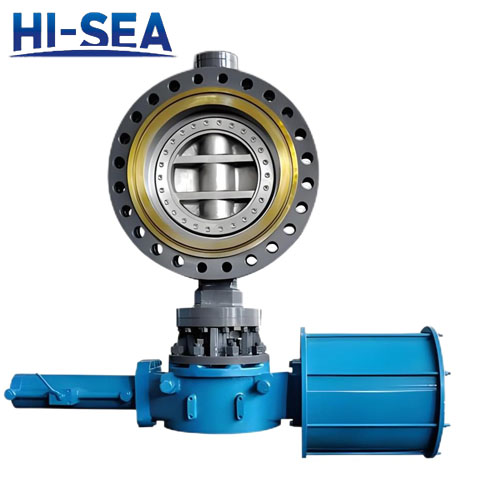


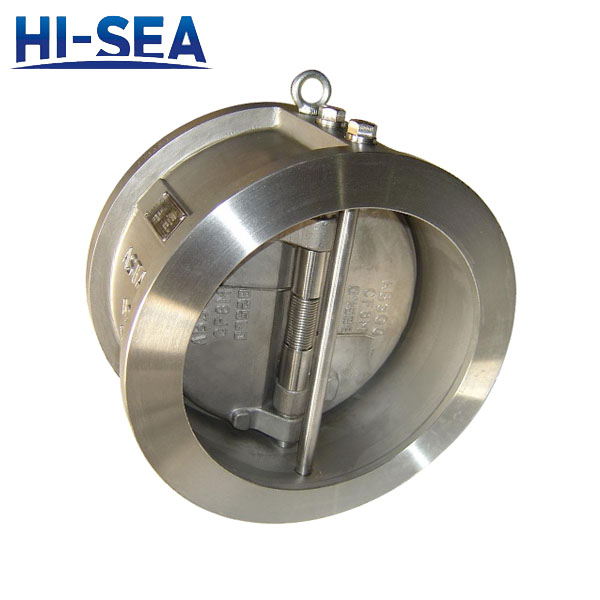
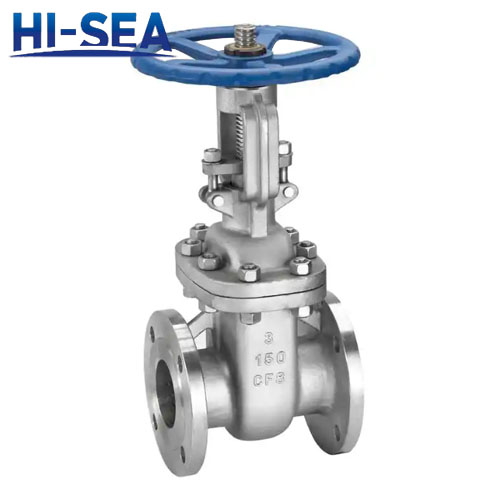
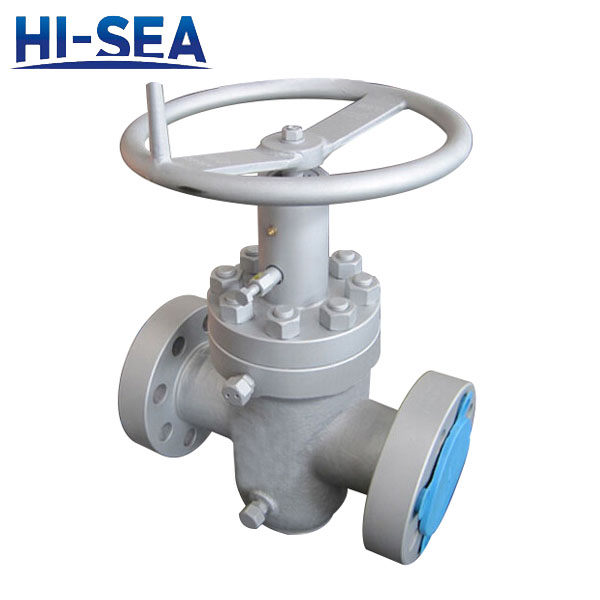
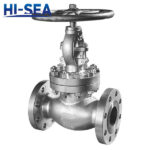 Main Material of API Valve
Main Material of API Valve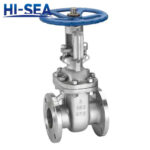 What is the difference between a rising stem gate valve and a non rising stem gate valve?
What is the difference between a rising stem gate valve and a non rising stem gate valve?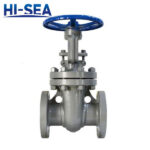 API Valve Fire Test
API Valve Fire Test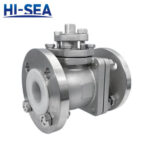 What is the difference between PTFE and RPTFE?
What is the difference between PTFE and RPTFE?